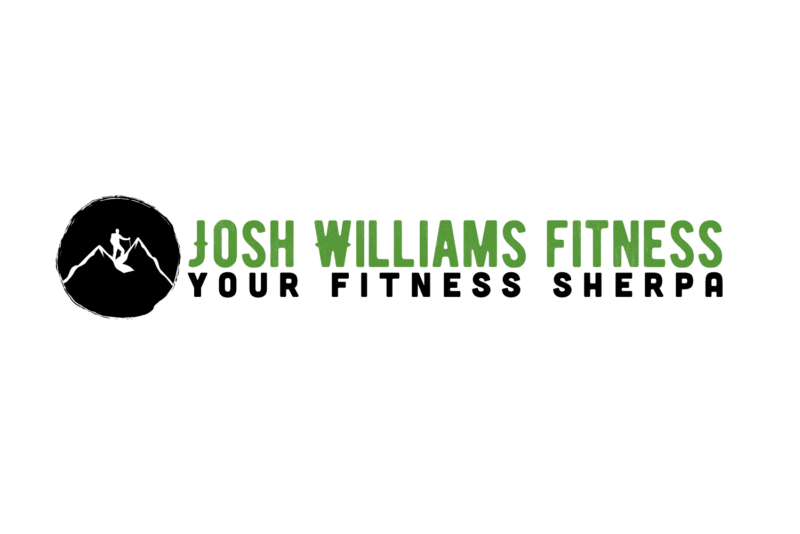
Last week I talked about the importance of having a system set up for your workplace. This week I’m talking about what a system is how to set one up that will work for you.
System vs. Process
It is easy to confuse systems with processes and processes with the system. They are not interchangeable words, even though they are often interchangeably used.
A system is the “what” and the process is the “how.”
Systems have a purpose and add value to the company and the client, while processes make up a system and are the actions that produce a result.
An example of this would be a training system. The training system has a purpose – get people to move better, be stronger, and be empowered. To get these outcomes, I need a process. Without a process, a system is just an idea. The process might be made up of an assessment, a program, and someone to be a coach.
Write It Down
You need to document every system, the processes that make up that system, and the steps to complete the process.
Systems and processes need to live somewhere and the where can’t be your head. I use a lot of Google docs which can be easily shared with my team.
Simplify, Simplify, Simplify
But documenting your systems is not enough.
The first time you create a system it will be clunky and nowhere near perfect; as you run the system, you will find areas that you need to improve on and areas that are not as important as you thought.
When we first started running our small group training, our workout templates had a base level that 80% of our clients could complete without issue. We then had two progressions and two regressions for each exercise. In my head, five levels made perfect sense. As it turns out, it was overkill and we eventually simplified the templates down to three levels.
Always ask yourself, “Could this be simplified?”
Teach It
You must spread your message to your team. A system is useless without people to run it.
Run through scenarios, act out the system. Role-playing may seem silly, but you have to practice it.
A football team doesn’t just talk about the strategy and the plays, they get out on the field and run through the plays over and over until they are sick of it.
If your staff is above a professional sports team, then hats off to you.
Coach It
Coaching your staff is the most critical piece; it is all about the follow-up.
Just teaching your staff the system is not enough, you have to catch them in the act and let them know what they are doing well. For example, you could say, “Hey, great job using all the clients’ names and getting coaching time with each one.”
Or, if you notice someone struggling, you could say, “I think that session would have gone a lot smoother if you had prepared ahead of time. Some coaches block off 15 minutes on their schedule to get all their notes ready prior to a session. Do you think that might work for you?”
Again, a system is only useful if you have people who are trained to run it at a high quality, consistently. Don’t get caught settling once you have a system in place, continue to coach your team so the system runs smoothly and creates consistency for your brand.
Next week, in part four, we will talk about finding and developing good people.










Pingback: Good Systems and Good People Part 1: The Importance of Systems